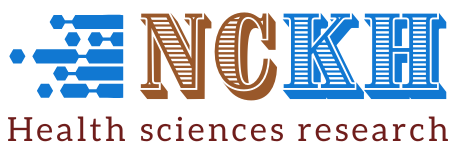
Mô tả đặc điểm lâm sàng, X-quang của bệnh nhân cứng khớp thái dương hàm được điều trị bằng phương pháp cắt chỏm lồi cầu và ghép trung bì mỡ tự thân tại bệnh viện Hữu nghị Việt Đức và nhận xét kết quả điều trị của nhóm bệnh nhân này. Đối tượng và phương pháp nghiên cứu: Các bệnh nhân được chẩn đoán cứng khớp thái dương hàm một bên hoặc hai bên do nguyên nhân tại khớp dựa trên khám lâm sàng và chẩn đoán hình ảnh được phẫu thuật bằng phương pháp cắt chỏm lồi cầu và ghép trung bì mỡ tự thân tại bệnh viện Hữu nghị Việt Đức từ tháng 03 năm 2008 đến tháng 03 năm 2023. Nghiên cứu mô tả cắt ngang. Kết quả: Tỷ lệ nam giới 75%, đa số bệnh nhân từ 19 đến 39 tuổi (7/12 trường hợp), nguyên nhân chính là do chấn thương (58,3%). Cứng khớp một bên gặp ở 7 trường hợp, 5 trường hợp còn lại cứng khớp 2 bên. Đa số cứng khớp độ 3-4 theo Dongmei He (75%). Theo dõi tối thiểu 12 tháng sau phẫu thuật, há miệng tối đa trung bình là 25,3mm (thông số này trước phẫu thuật là 8,6mm), có hai trường hợp cứng khớp tái phát, 2 trường hợp khớp cắn hở cửa. Kết quả điều trị thành công 83,3%. Kết luận: Cứng khớp thái dương hàm gặp nhiều hơn ở nam giới và sau chấn thương. Điều trị bằng phương pháp cắt chỏm lồi cầu và ghép trung bì mỡ tự thân cho kết quả tốt, đơn giản, dễ thực hiện.
To describe the clinical and radiographic characteristics of patients with temporomandibular joint ankylosis treated by gap arthroplasty and autologous dermis-fat graft at Viet Duc University Hospital and the treatment outcomes of this patient group. Methods: Patients diagnosed with unilateral or bilateral temporomandibular joint ankylosis (intra-articular) based on clinical examination and imaging diagnosis were operated on by gap arthroplasty and autologous dermis-fat graft at Viet Duc University Hospital from March 2008 to March 2023 The study was designed as a descriptive prospective cross-sectional approach. Results: Male proportion is 75%, the majority of patients are between 19 and 39 years old (7/12 cases), the main cause is trauma (58.3%). Unilateral joint ankylosis occurred in 7 cases, the remaining 5 cases had bilateral joint ankylosis. The majority of grade is 3-4 according to Dongmei He (75%). Over 12 months after surgery, the average maximum interincisal opening was 25.3mm (this parameter before surgery was 8.6mm), there were two cases of recurrent ankylosis, and two cases of open bite. Successful treatment results 83.3%. Conclusions: Temporomandibular joint ankylosis is more common in men and after trauma. Treatment with gap arthroplasty and autologous dermis-fat graft can archive good results, it is simple, and easy to perform.
- Đăng nhập để gửi ý kiến
